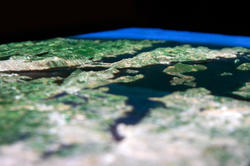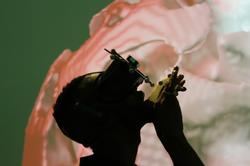A grant from RI’s Science and Technology Advisory Council helps researchers in RISD’s Nature Lab develop a much-needed tool.
Harnessing VR for the Arts
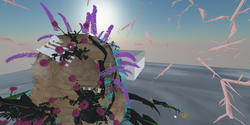
A bat with yellow eyes hovers overhead as a giant piece of candy corn cruises toward an otherworldly mountain range in the distance. A flying robot with a square, disembodied head begins to speak. “Can someone please open a portal so our guests can enter the chamber?” it asks.
That robot turns out to be Textiles faculty member Joy Ko, who is leading this mid-semester Digital Materiality crit. The cross-disciplinary studio invites students to design immersive 3D spaces using virtual reality (VR) technology and traverse the fabrics they’re creating as part of the landscape.
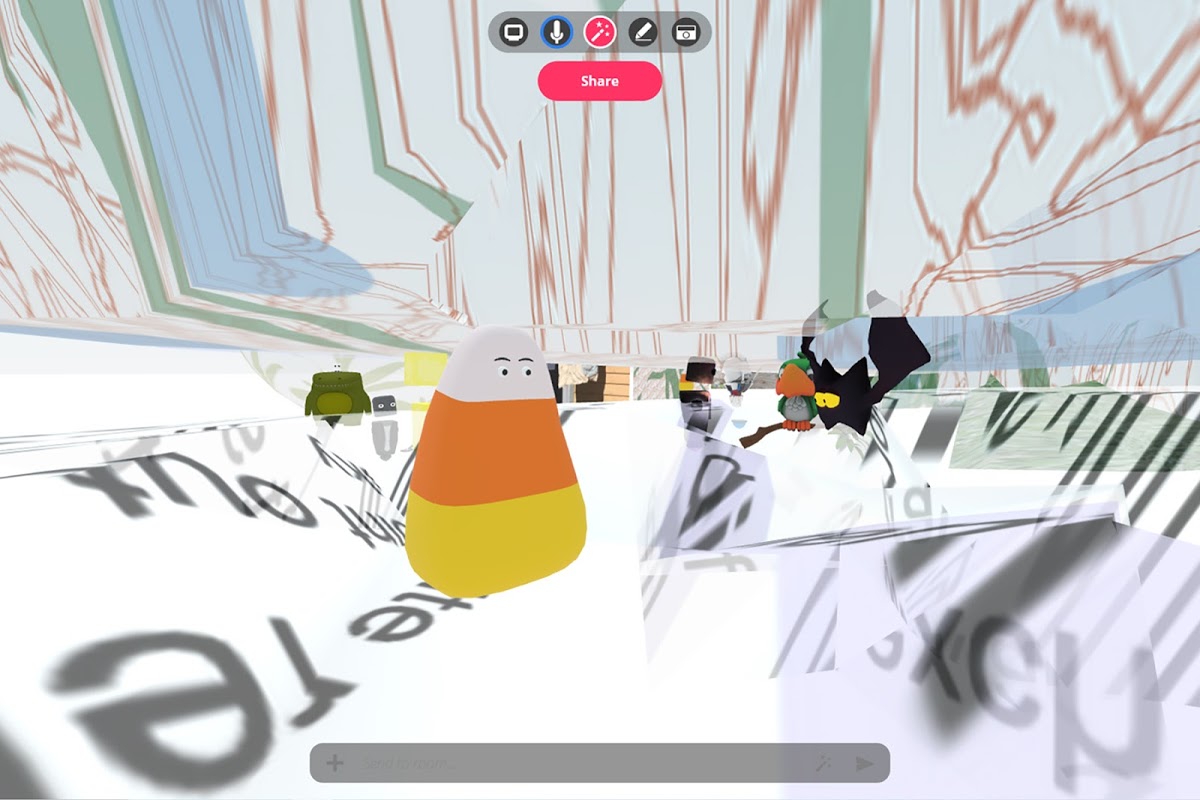
“It’s pretty different from a normal crit,” says second-year Furniture Design grad student Kai Ji MFA 22 FD, “and way more interesting than a Zoom call. Looking at work together in the same space—even if it’s virtual—creates a feeling of community.”
Before COVID, Ji was holed up in his studio working almost exclusively with wood. But his practice suddenly shifted from making to digital modeling, and he was eager to take a Textiles department class, gain access to the Co-Works Research Lab and explore VR using state-of-the-art tools. “In VR you can easily manipulate scale, which is very useful in my practice,” he explains.
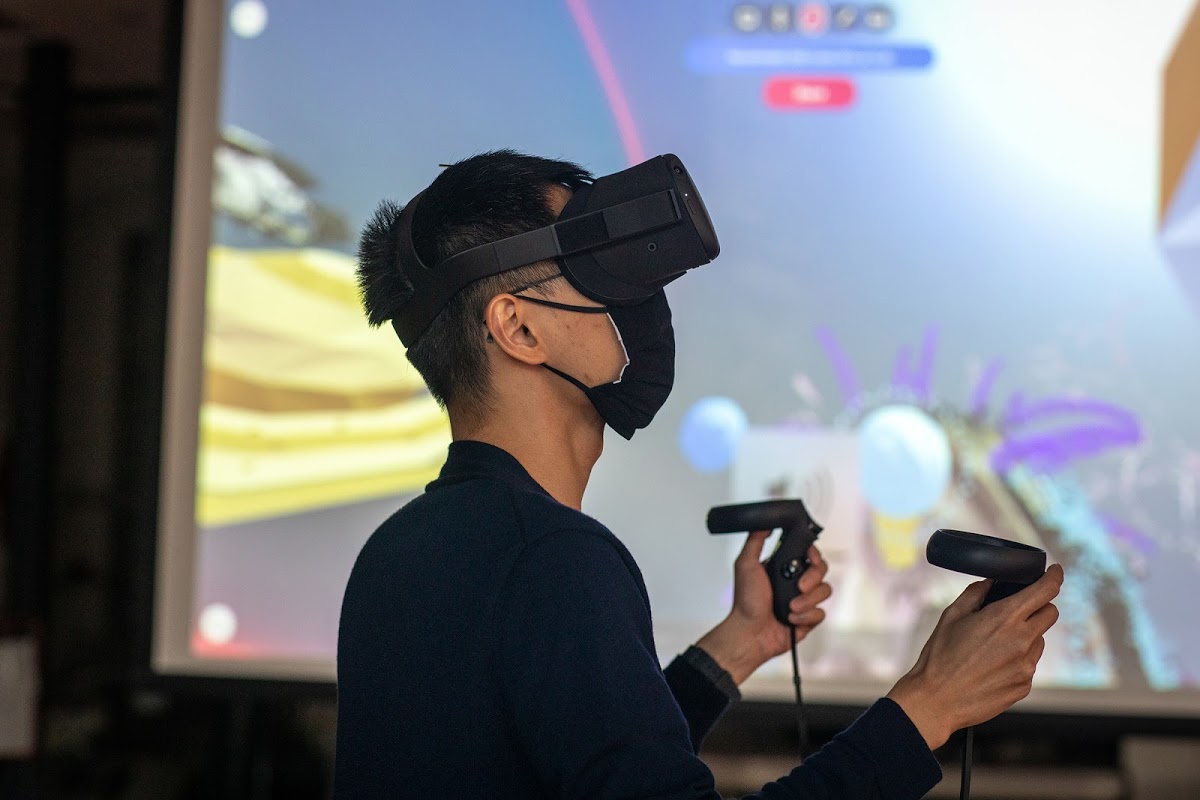
"Looking at work together in the same space—even if it’s virtual—creates a feeling of community.”
“VR is more than a surrogate for in-person crits,” Ko adds. “It has become a way for students to think expansively about their work and to communicate their ideas in ways that go beyond touch and feel. Who knows what might result if students experience fabric as a terrain with mass, channels, cavities and other hidden conduits?”
Ko’s class is one of two fall Textiles studios taking part in a new partnership with Microsoft focused on novel uses of technology for immersive learning. The other is Apparel Fabrics, taught by Associate Professor Anna Gitelson-Kahn MFA 09 TX, in which first-semester seniors are deepening their research skills and experimenting with a wide range of tools, including digital technology, to inform their work.
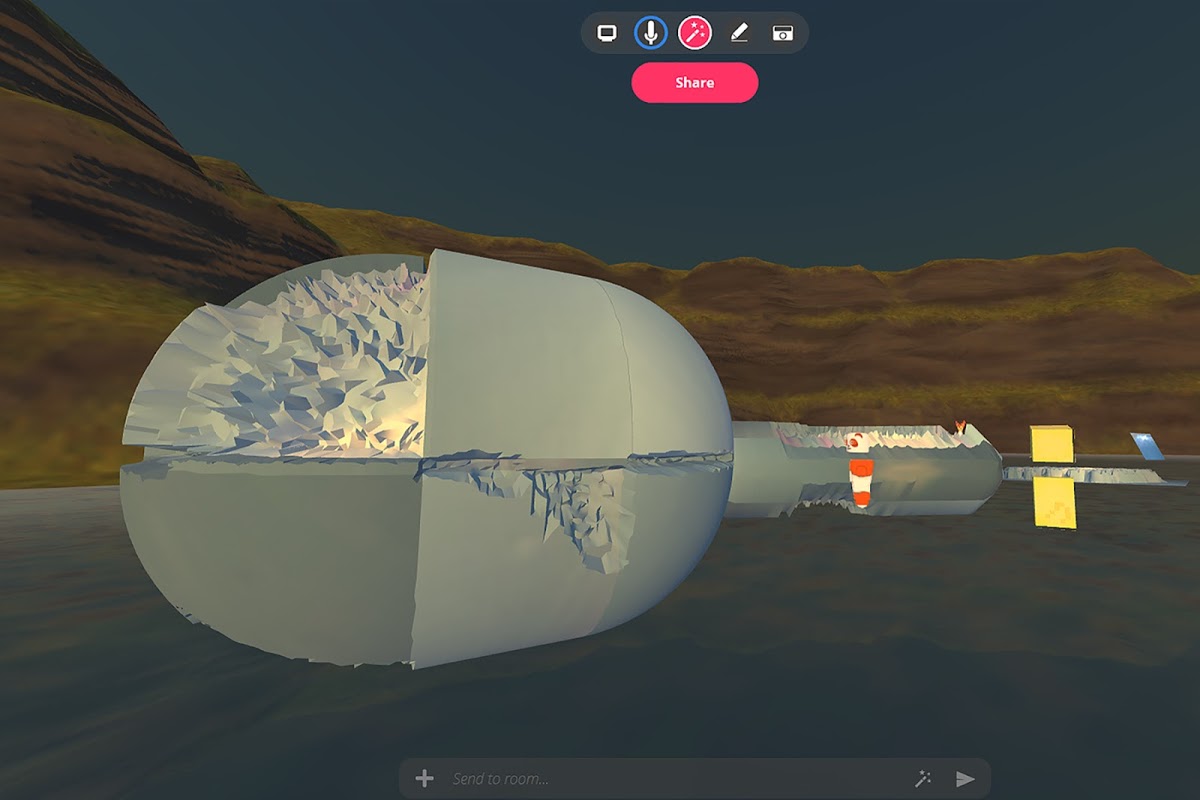
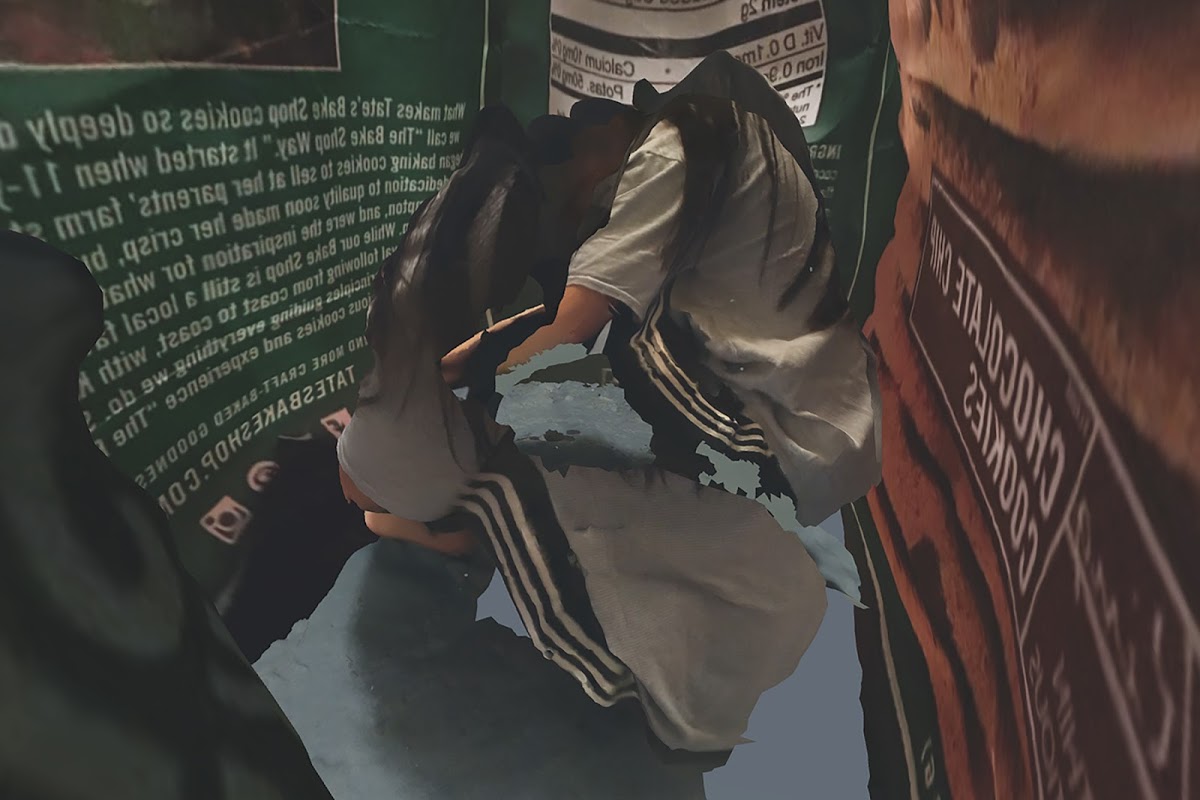
Students in both classes are participating in a user study Microsoft is conducting to further understand the role of VR in remote education, using the Mozilla Hubs platform. The study aims to identify the strengths and weaknesses of an immersive classroom environment when compared to classes that rely on video calls and to develop novel research methodology for remote classroom observation in VR. Although other colleges are also taking part in the study, RISD is the only participant focused on bringing fine artists into the research space.
“VR has become a way for students to think expansively about their work and to communicate their ideas in ways that go beyond touch and feel.”
“RISD is essentially acting as a thought partner,” Associate Director of Strategic Partnerships Rebecca Nolan explains. “We’re reporting back to Microsoft about the experience through a survey process headed up by former faculty member and RISD alum Evelyn Eastmond MFA 12 DM, who has been pivotal in making this partnership happen.”
Eastmond and her colleague M Eifler (who is co-leading the study) are both senior design researchers at Microsoft focused on potential new users and directions for VR technology. “When I was a grad student at RISD 10 years ago, I already had my eye on what tech existed on campus and what students—particularly those in the Fine Arts departments—were hungry for,” Eastmond says.
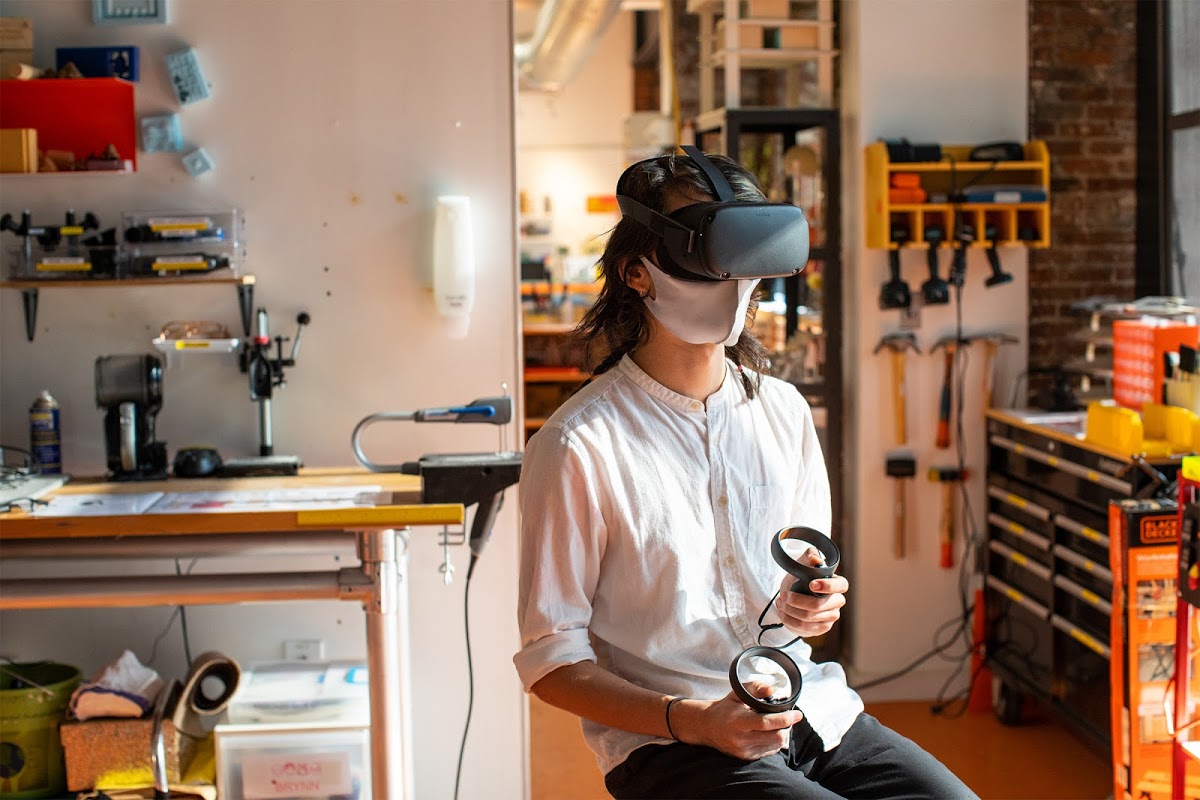
Eastmond explains that the fine artists taking part in the user study are more likely to start with the needs of a particular project, rather than what the tech allows them to do, which makes for more out-of-the-box tech development. She hopes that this user study will lead to future Microsoft research at RISD, perhaps involving additional Fine Arts faculty members and students.
“What interests me is the relentlessness of a fine arts practice, which tends to be deeply personal and emotional,” she says. “Fine artists frequently take an approach that says ‘I need to do this. I don’t know how, but I’m going to get there!’”
—Simone Solondz / photos by Jo Sittenfeld MFA 08 PH
November 12, 2020
